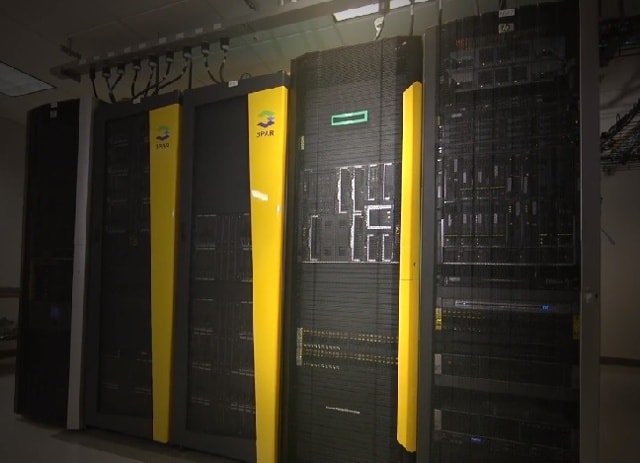By
Jay Cardin
| Mar 22, 2018
It is a truly amazing world in which we work today. While the flow of capital is still essential for businesses to grow, materialize, and sustain them, it is ideas today that feed the global economy. Today’s businesses rely on innovators and visionaries. The delivery method for these ideas and revolutionary concepts is IT. IT is a part of nearly every business today because they depend on one or more essential apps to either communicate with their customers or manage their business. Just as the flow of capital is attracted to the most fluid and efficient markets, customers, and business transactions, tech stacks are attracted to those businesses with the most innovative, efficient, and flexible apps and technology. Those that can simplify and streamline the transaction experience will have an advantage over their competitors. In order for your business to make the most of any web related advantage, you need an adaptable ecosphere that is conducive to the constant evolution of those apps through DevOps.



















